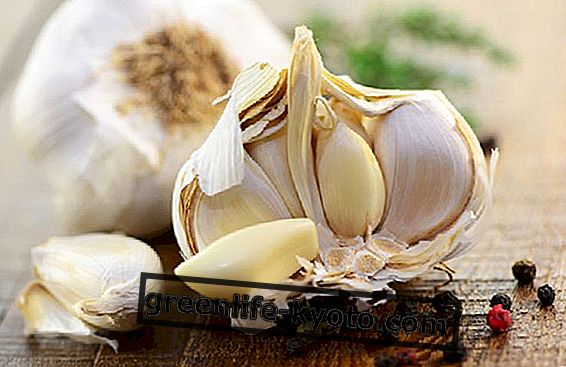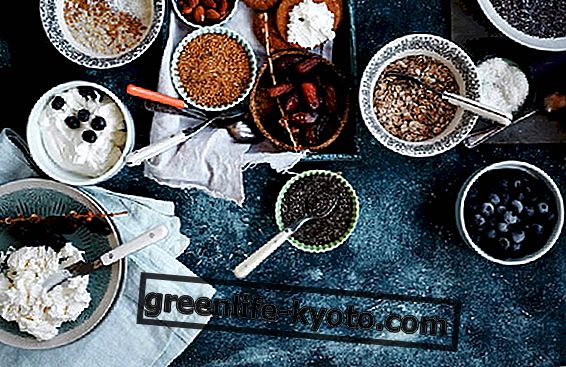
Lebanon
There is a part of the world that has given birth to many elements that still exist in the Mediterranean culture. It in turn preserves Middle Eastern, Canaanite, Arab, Asian, African and European elements .
This is the Fertile Crescent, which also includes a small strip of land overlooking the sea, called Lebanon. Canaanites, Chaldeans, Phoenicians, Arabs, Byzantines, Druze, Ottomans, many cultures have crossed the land surrounding Beirut.
One of the oldest known epics, that of Gilgamesh, took place here, in the land of the cedars, a tree that serves as a national emblem. Due to its location and exposure to the sea, Lebanon enjoys an excellent Mediterranean climate, but at the same time the often snow-capped peaks of its mountains up to 2800 meters high, have temperate climate forests.
In less ancient times Europeans have invaded this land several times, from the Crusades to the French occupation, and all these dynamics have somehow given a unique identity to Lebanese cuisine in the panorama of Middle Eastern ones.
Lebanese cuisine: typical dishes
Lebanese cuisine undoubtedly belongs to the great family of Levantine kitchens, yet among these it is considered the best both by the public and by magazines and specialized agencies .
No coincidence that Lebanese cuisine restaurants are those with the highest growth rate in the world in recent years. The elements therefore are those of the Levantine cuisine: cereals, legumes, vegetables, poultry, lots of fish and condiments typical of the area: olive oil, lemon, garlic, sesame and parsley .
Lesser-known than hummus but just as good is baba ganoush, it is a delicious cream of eggplant and tahini, sesame cream, rich in olive oil and generally decorated with pomegranate grains.
One of the most common chicken dishes in Lebanon is shish taouk, special chicken skewers left to marinate overnight in a pot along with lemon juice, yogurt, tomato paste, garlic and various spices, especially paprika. It is a typical filling for sandwiches to eat on the street.
There is also an archaic Lebanese version of pizza, manakeesh ; in reality it is more like a kind of focaccia with local cheeses, plenty of thyme, olives, dried mint, tomatoes, pickled cucumbers and sometimes meat.
Never mind the details when we talk about the ubiquitous felafel and tabbouleh, instead two words can be spent on fattoush, the traditional sweet and sour salad, with pieces of toasted bread and toasted and ground walnuts.
Also read lentil Falafel, the recipe >>
Where to eat Lebanese (on the street or in the restaurant)
Food on the street is practically omnipresent (except for the Ramadan period), as per good Middle Eastern tradition. There are restaurants of various levels, some with more traditional foods and others with fusion cuisine. Being invited to the bachet of some event like a wedding is a unique experience . You can taste unique dishes, you will see the endless opulence of generosity that is expressed on these occasions.
Lebanese cuisine, not to be missed
We didn't have time to talk about the wonderful Lebanese fruit, fresh or dried, and nuts. Lebanese shawarma, grilled marinated meat, is an Arab heritage with a touch of Mediterraneanness that really deserves to be appreciated. Try also Turkish coffee and various types of tea .
Lebanese cuisine, what to avoid
Lebanese cuisine is wonderfully delicious and there are few items with which to fill this section. The level of hygiene is also very high . If we should advise what to avoid, we advise you not to fixate on classic dishes but to explore lesser-known goodies . Moreover, of all the Lebanese pastry, that which tends to imitate the French is perhaps the least appetizing one.
Advice and curiosity
Food is an opportunity to get to know people, families, places, cultures; and to discover that the people living in the Middle East are very different from what we see on the news and very similar to those that surround us every day .
Photo Станислав Саблин / 123rf.com













